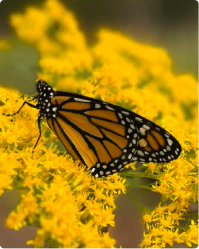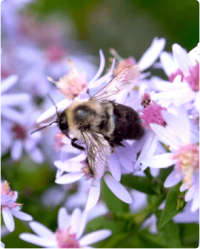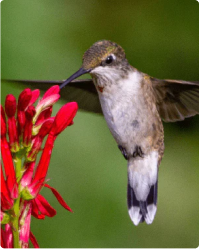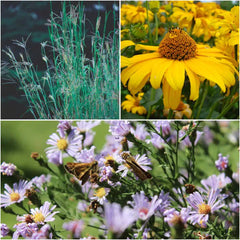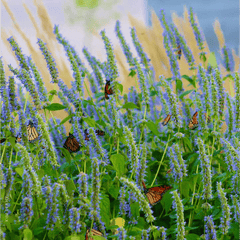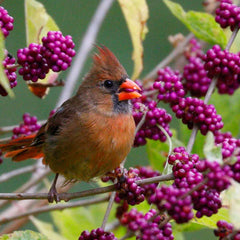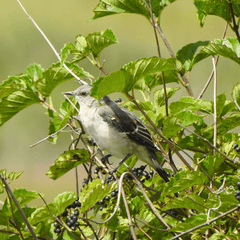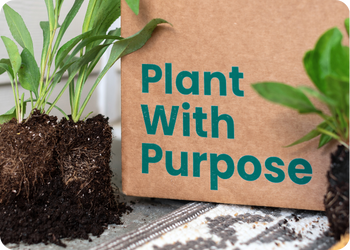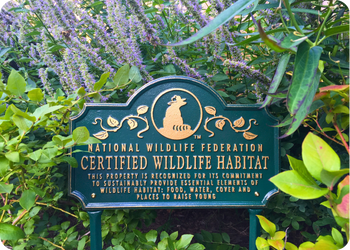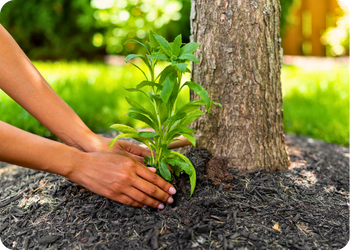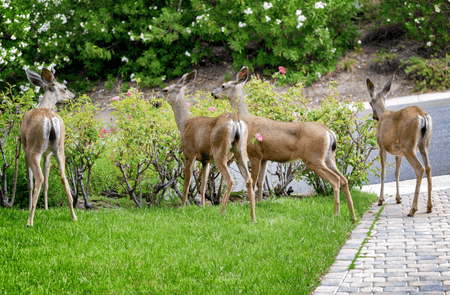Summer Garden Task Checklist

 Your first task? Enjoy your garden! Take the time to notice new growth, or first-time wildlife visitors. Listen to the birds. Watch the bees and delight in the fireflies you are supporting. All the hard work put into maintaining a garden is paying off! Take lots of pictures, and don’t forget to tag us: #GardenForWildlife.
Your first task? Enjoy your garden! Take the time to notice new growth, or first-time wildlife visitors. Listen to the birds. Watch the bees and delight in the fireflies you are supporting. All the hard work put into maintaining a garden is paying off! Take lots of pictures, and don’t forget to tag us: #GardenForWildlife.
#1 BE WATER WISE
Be smart with watering. If you compost or add mulch to your garden, it will retain moisture better. Water early or late in the day to prevent evaporation. Conventional lawns and many ornamental exotic plants require an exorbitant amount of clean water to stay green. Choosing native plants that are adapted to regional rainfall and soil moisture content is a great way to conserve this precious resource. Reducing your lawn in favor of densely planted garden beds helps minimize runoff, and you can plant a rain garden specifically designed to collect and absorb rainwater to keep it from pouring into storm drains.
#2 SUMMER PLANTING
Spring has past, but summer is still a great time to plant! Many of the plants in our native plant collections are late summer and fall-bloomers, including asters, goldenrod, mistflower, frostweed, and others. Even earlier summer bloomers like milkweed, cardinal flower, and black eyed susans will continue to bloom through fall. Planting spring-blooming natives now gives you a head start on your garden for next year—your work will be done and you can just enjoy seeing the spring blossoms! Be sure to water anything planted in summer every day (ideally in the morning) as they get established. Once established, native plants will require less water and care. Note: If heat is extreme, you can also keep your new plants in containers in a partly-shaded area until temps cool some.
#3 ORGANIC PEST & WEED CONTROL
Weeds flourish in July’s heat. If you select and maintain pest-resistant plants adapted to your area – native plants generally have few pest problems and can naturally crowd out weeds. More votes for compost here too, as an annual layer of compost or mulch can deter weeds. If you’re planting to attract birds, they’ll also help with pest control. Birds eat bugs, including the ones you don’t want eating your plants, so encourage them to make a home in your garden. Find more ways to become an organic gardener.
Talk with your neighbors about reducing pesticides as a community. Write letters to the editor of your local newspaper. If your community has a neighborhood association, attend meetings and speak up. If possible, engage your city and county governments to encourage alternatives to spraying—such as introducing natural predators and parasites—as part of their mosquito-control programs. From nanotechnology to genetic solutions, scientists have made incredible strides in effective, environmentally-friendly mosquito population control methods.
#4 MORE SUPPORT
By now, your plants have grown much taller and might be starting to lean. Not to worry, we all need a little support from our friends. If they are leaning to the point where stems may break, or smothering nearby plants, it’s time to stake them up. A wide variety of support cages, poles, rings, and the like are available at local garden centers.
#5 TRIMMING & DEADHEADING
Deadheading faded flowers and cutting back stems prevents plants from reproducing and can eliminate habitat for overwintering bees, caterpillars and other wildlife. To maintain tidiness and encourage new growth, here are some tips for sprucing up some of the plants in our collections:
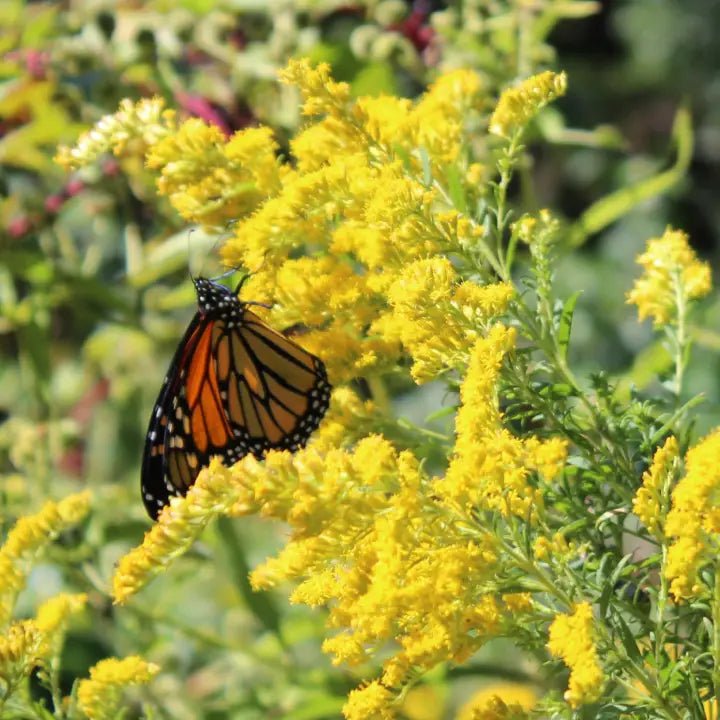
Find Native Plants by Zip Code
We took the guesswork out of planting native. Check your zip to see what ships!
